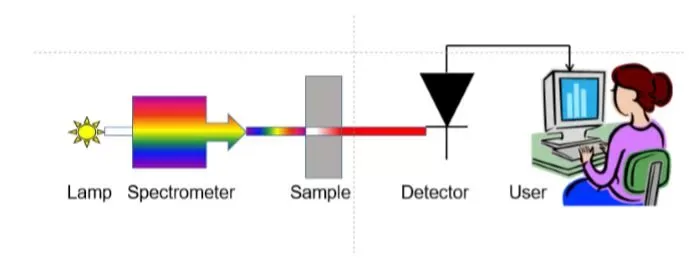What is Pathlength?
Pathlength is traditionally the distance the light travels through the sample. For Guided Wave’s sample interfaces (insertion probe or flow cell) the pathlength is the term used to define the volume of the sample exposed to the analyzer’s light beam (or lamp). The light beam has a fixed diameter, so adjusting the length of the sample interface determines how much of the sample is measured.
Why is Pathlength Important?
Pathlength is selected to ensure absorbance values are within the dynamic range of the detector. The pathlength recommended and selected by us is often the best compromise between long enough for the lowest expected concentration and short enough for the highest expected concentration. This compromise ensure absorbance values are within the dynamic range of the detector. Thus, providing optimal measurement results.
Determining the Correct Pathlength
As the concentration of the analyte of interest increases, there are more molecules to absorb, scatter the light, and otherwise attenuate the signal. Conversely, as the concentration decreases there is less interaction, so we must increase the pathlength to get enough attenuation.
The ideal target is 1 to 1.5 absorbance units (Au) for the absorbance peaks of interest, this gives the best signal to noise ratio. Of course, when dealing with multiple peaks compromises must be made, but we target to stay within the 0.5 to 2.5 Au range. Exceptions may be allowed depending upon the analyzer and application, contact us for assistance.



